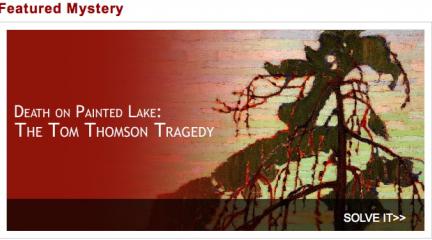Introduction
Students who struggle with English have a doubly difficult task in history classrooms. Not only are they challenged with learning core historical knowledge and skills but they are also learning English. History lessons offer rich opportunities to teach both language and content. In this feature, we highlight instructional strategies and key information to help history teachers better serve the English Language Learner (ELL) student population.
Stanford professor Claude Goldenberg reviewed existing research on teaching ELLs and compiled three guidelines to focus thinking about instruction for these students (see “Teaching English Language Learners: What the Research Does — and Does Not — Say,” American Educator, 2008). While these guidelines are not confined to history teaching, we use them to introduce and frame this feature.
So what does the research say?
Using materials in the first language
Teaching students in their first language promotes the acquisition of knowledge and skills that can be applied in English. Examples of strategies that incorporate the primary language of the student include: teaching skills in the primary language with student application of the skills in English; previewing English language lessons by introducing important new concepts in the first language, reviewing these key concepts in the primary language after the lesson, and providing learning materials in multiple languages. Even if you, the teacher, speak only one language, you can still use multilingual resources.
Scaffolding Instruction
Teachers must modify instruction to help ELL students access important knowledge and skills. Scaffolding is one strategy that works. Examples of scaffolds include: graphic organizers; presenting information both verbally and visually; and clarification of difficult vocabulary to aid comprehension. Scaffolds like these enable you to keep your curriculum and instruction complex and challenging, but remember students may need explicit instruction about how to use particular scaffolds.
Good teaching for all
What you know about good history teaching also applies to teaching ELLs. Research shows that ELLs benefit from: content-rich environments; interactive curriculum; clear learning objectives; opportunities to apply knowledge; and constructive feedback. Because student achievement is enhanced when learning is reinforced at home, good history teaching includes clear communication with parents/guardians about the objectives of the course and student progress in the course.
In the First Language

Explore mysteries in Canadian history in both French and English.
[...] »
Explore materials on the Latino experience in New York from 1861 to the [...] »
From the University

Graphic organizers are helpful for students with limited English proficiency [...] »

A shift in writing is required, often using new language tools, when making [...] »
From the Classroom

Discover alternatives to writing based student activities. Why not encourage [...] »

Students shy or hesitant to speak up? Check out these tips to get students [...] »